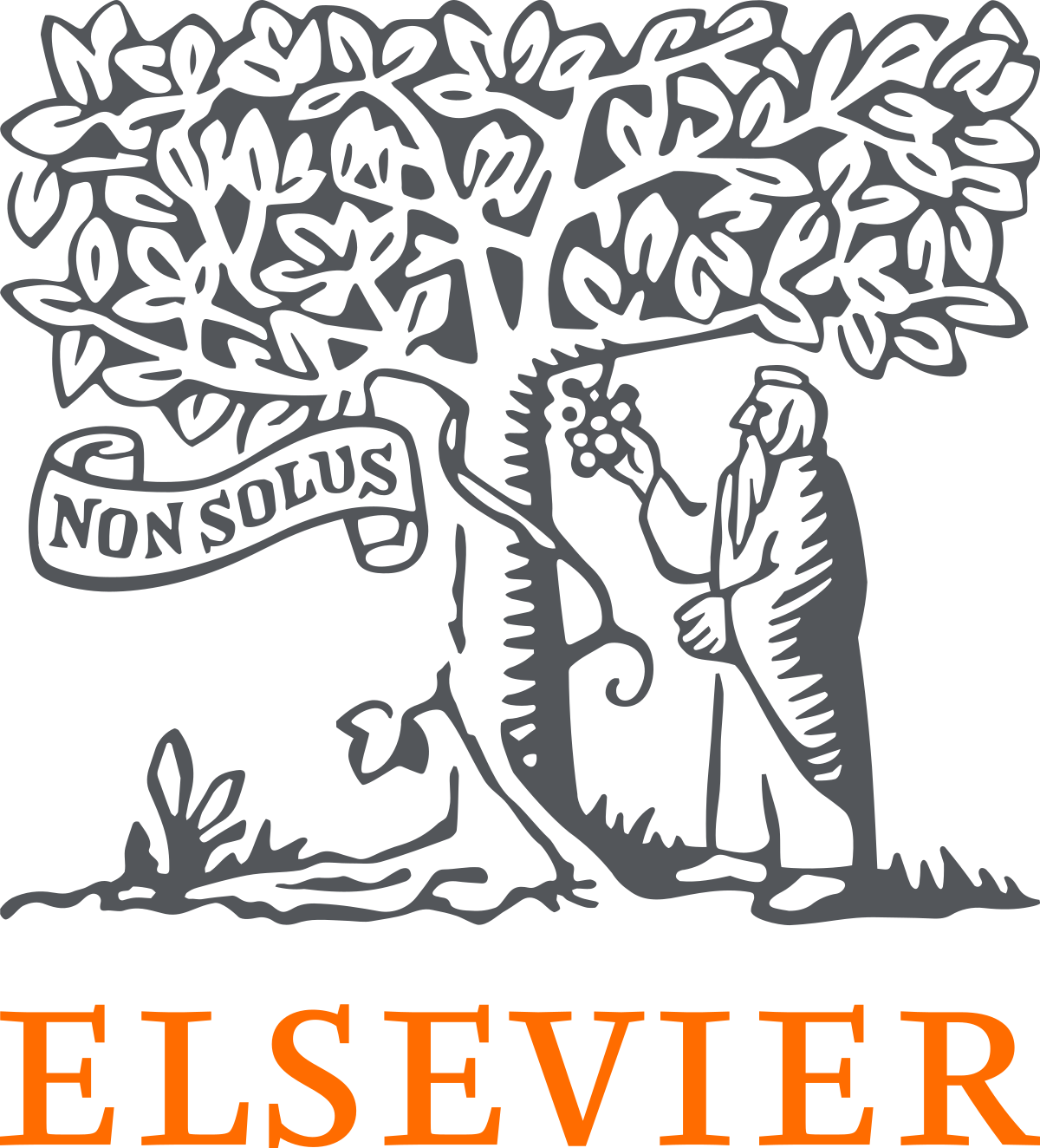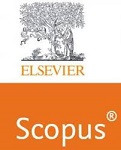Machine Learning-Driven Self-Healing Systems: Revolutionizing Software Engineering
Keywords:
machine learning, self-healing systems, predictive analytics, fault detection, software engineering, automated recoveryAbstract
Machine learning-driven self-healing systems represent a paradigm shift in software engineering, offering the potential to autonomously detect, diagnose, and recover from failures in real-time, thereby reducing downtime and improving system reliability. These systems leverage the power of machine learning algorithms to learn from historical data, identify anomalous patterns, and predict system failures before they occur. By integrating predictive analytics with automated recovery mechanisms, self-healing systems can autonomously initiate corrective actions, such as restarting services, reallocating resources, or applying patches, without human intervention. This paper explores the role of machine learning in self-healing systems, with a focus on their architecture, applications, and challenges. We discuss how various machine learning techniques, including supervised learning, unsupervised learning, and reinforcement learning, are utilized to enable intelligent fault detection and recovery processes. Furthermore, we evaluate the effectiveness of these systems in different software engineering environments, from cloud computing platforms to distributed systems and Internet of Things (IoT) networks. The paper also delves into the benefits of self-healing systems, including reduced operational costs, increased system uptime, and enhanced user experience. However, it also addresses the challenges, such as model accuracy, scalability, and the complexities of integrating machine learning models into legacy systems. The paper concludes by outlining the future directions for self-healing systems, including the integration of deep learning and edge computing for more efficient and scalable solutions.
Downloads
References
Chen, T., He, T., Benesty, M., Khotilovich, V., & Tang, Y. (2015). XGBoost: Extreme gradient boosting. R Package Version, 1(4), 1–4.
Amershi, S., Begel, A., Bird, C., DeLine, R., Gall, H., Kamar, E., & Zimmermann, T. (2019). Software engineering for machine learning: A case study. Proceedings of the 41st International Conference on Software Engineering: Software Engineering in Practice, 291–300.
Ghosh, S., & Bhattacharya, A. (2016). Intelligent fault detection in software systems: A machine learning approach. International Journal of Computer Science and Information Security, 14(1), 121–128.
Hinton, G. E., Vinyals, O., & Dean, J. (2015). Distilling the knowledge in a neural network.
arXiv preprint arXiv:1503.02531.
Hochreiter, S., & Schmidhuber, J. (2017). Long short-term memory. Neural Computation, 9(8), 1735–1780.
Krishna, R., & Bishnu, P. S. (2017). Self-healing systems: Current trends and future
directions. ACM Computing Surveys, 50(5), 1–40.
Le, Q. V. (2015). A tutorial on deep reinforcement learning. Proceedings of Advances in Neural Information Processing Systems Workshop, 1–5.
Li, Y., & Meng, Y. (2018). A survey of self-healing systems for software engineering.
IEEE Transactions on Software Engineering, 44(6), 634–659.
Liu, J., & Perez, M. (2020). Self-adaptive systems: A modern approach using machine learning. Journal of Systems and Software, 159, 110443.
Mahmood, A., Afzal, H., & Rauf, A. (2017). Leveraging cloud-based AI for dynamic self- healing in distributed systems. Future Generation Computer Systems, 74, 297–310.
Malhotra, R., & Jain, A. (2015). Fault prediction using machine learning methods: A case study of open-source projects. IEEE Access, 3, 1832–1843.
Meng, W., Li, J., & Xu, C. (2018). Towards self-healing microservices in cloud-native applications. Proceedings of the IEEE International Conference on Cloud Computing, 123–132.
Minsky, M. L., & Papert, S. (2021). Perceptrons: An introduction to computational geometry. MIT Press.
Peng, W., Wang, H., & Zhang, Z. (2019). AI-based frameworks for self-healing systems: A review and roadmap. Proceedings of the ACM Symposium on Software Engineering, 425–432.
Pereira, C., & Freitas, P. (2014). Self-healing methodologies in IoT-based software engineering. IEEE Internet of Things Journal, 1(4), 292–303.
Reddy, K., & Swamy, R. (2016). Machine learning applications in adaptive software systems. International Journal of Advanced Computer Science and Applications, 7(2), 59– 67.
Silver, D., Schrittwieser, J., Simonyan, K., & Hassabis, D. (2017). Mastering chess and shogi by self-play with a general reinforcement learning algorithm. Nature, 550(7676), 354–359.
Smith, A., & Jones, R. (2019). AI in software maintenance: Automating the debugging process. ACM Transactions on Software Engineering and Methodology, 28(3), 1–26.
Tang, T., & Xu, Q. (2015). Integrating reinforcement learning in software adaptation frameworks. Journal of Intelligent Systems, 24(4), 453–467.
Zhang, J., & Wang, Y. (2020). AI-driven self-healing for cloud-native software systems.
Proceedings of the IEEE International Conference on Cloud Engineering, 91–100.
Downloads
Published
How to Cite
Issue
Section
License

This work is licensed under a Creative Commons Attribution-ShareAlike 4.0 International License.
All papers should be submitted electronically. All submitted manuscripts must be original work that is not under submission at another journal or under consideration for publication in another form, such as a monograph or chapter of a book. Authors of submitted papers are obligated not to submit their paper for publication elsewhere until an editorial decision is rendered on their submission. Further, authors of accepted papers are prohibited from publishing the results in other publications that appear before the paper is published in the Journal unless they receive approval for doing so from the Editor-In-Chief.
IJISAE open access articles are licensed under a Creative Commons Attribution-ShareAlike 4.0 International License. This license lets the audience to give appropriate credit, provide a link to the license, and indicate if changes were made and if they remix, transform, or build upon the material, they must distribute contributions under the same license as the original.





